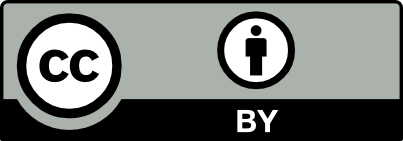Paper Details
- Katsunori Yamaura (Division of Social Pharmacy, Center for Social Pharmacy and Pharmaceutical Care Sciences, Faculty of Pharmacy, Keio University / Keio University Community Pharmacy / yamaura-kt@keio.jp)
1) Division of Social Pharmacy, Center for Social Pharmacy and Pharmaceutical Care Sciences, Faculty of Pharmacy, Keio University , 2) Keio University Community Pharmacy
Xerostomia is a condition characterized by the primary complaint of dry mouth, which can lead not only to oral issues but also to systemic diseases and a decline in quality of life (QOL). While drug adverse reactions are among its causes, the underlying mechanisms and risks associated with each medication remain unclear. Therefore, this study aimed to clarify aspects of drug-induced xerostomia using the Japanese Adverse Drug Event Report Database. Five Preferred Terms defined by the Japanese version of the Medical Dictionary for Regulatory Activities, including Thirst, Dry mouth, Dry throat, Lip dry, and Salivary hyposecretion, were classified as representing adverse reactions related to xerostomia and were extracted. An analysis of approximately 20 years of data revealed 781 cases were reported as xerostomia. Signals were detected for 27 drugs, classified into 10 categories according to the Anatomical Therapeutic Chemical classification. Of these, 20 drugs had xerostomia descriptions in their package inserts, and 12 drugs were assigned scores on the Anticholinergic Risk Scale. Signals were also detected for drugs not widely known to be associated with xerostomia, such as ANTINEOPLASTIC AGENTS and VACCINES, suggesting the influence of patients’ underlying diseases and concomitant medications. Both the newly identified seven drugs and those that do not exhibit anticholinergic effects should be evaluated in conjunction with further clinical data. Future investigations considering patients’ underlying conditions and concomitant medications are important. Furthermore, since xerostomia may impact QOL and systemic health, pharmacists are expected to play an active role in its prevention and early detection.

